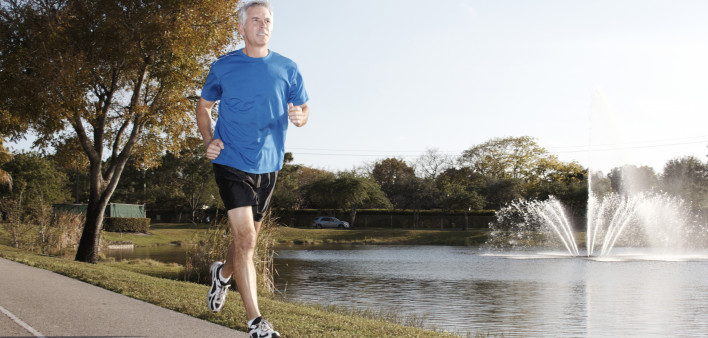Health parameters improved among a group of Brazilians with HIV and high lipids after they were put on statins, an exercise regimen or both in a recent randomized study, aidsmap reports.
People with HIV, even well-treated virus, have about a double risk of cardiovascular disease compared with the general population. Consequently, researchers have been investigating whether prescribing statins may mitigate this harm, possibly by reducing the chronic inflammation to which the virus gives rise.
Publishing their findings in Medicine & Science in Sports & Exercise, a research team led by Hugo Ribeiro Zanetti, MD, of Federal University of Triânglo Minerio in Uberaba, Brazil, conducted a double-blind, placebo-controlled study of 83 people with HIV receiving care at the university’s clinic.
The participants had all been on antiretroviral treatment for at least 12 months and had a fully suppressed viral load. Additionally, they all had irregular lipids (dyslipidemia)—specifically, triglycerides of at least 150 milligrams per deciliter, total cholesterol of at least 190 mg/dl, LDL cholesterol of at least 130 mg/dl and HDL cholesterol of less than 40 mg/dl.
The investigators randomized the participants to receive either a placebo; statins; an exercise regimen, conducted three times per week, consisting of increasing-intensity strength training and cardiovascular activity plus a placebo; or an exercise regimen plus a statin. The statin treatment was 10 mg daily of Crestor (rosuvustatin). The study ran for 12 weeks.
The participants had an average age of 42 years old. Fifty-one percent were male, and 72% were white. Twenty-two percent had high blood pressure, one in four had diabetes and 31% were smokers. The average body mass index (BMI) was 24, which is in the overweight range.
Between the beginning and end of the study, the average BMI remained steady among the participants. However, among those who engaged in the exercise program, lean body mass and body fat percentage improved.
Lipid parameters improved among all the study groups except the placebo group. The improvements in total cholesterol and triglycerides were superior among those in the exercise and statin group compared with those in the exercise and placebo group.
Biomarkers of inflammation improved among those in both exercise groups compared with the placebo group. Additionally, these inflammation markers improved in the exercise plus statin group compared with the exercise plus placebo and the statin-only groups.
Compared with the placebo group, those in the three other groups experienced improved markers of cardiovascular risk. Compared with the results in the placebo group, ultrasounds of participants’ carotid arteries showed favorable results in the three other groups.
“The present findings show that the combination of exercise and statins is useful to control the lipid and inflammatory profiles, reduce cardiovascular disease markers, and improve ultrasound findings, muscle strength and cardiorespiratory fitness in people living with HIV with dyslipidemia,” the study authors concluded.
To read the aidsmap article, click here.
To read the study abstract, click here.







Comments
Comments